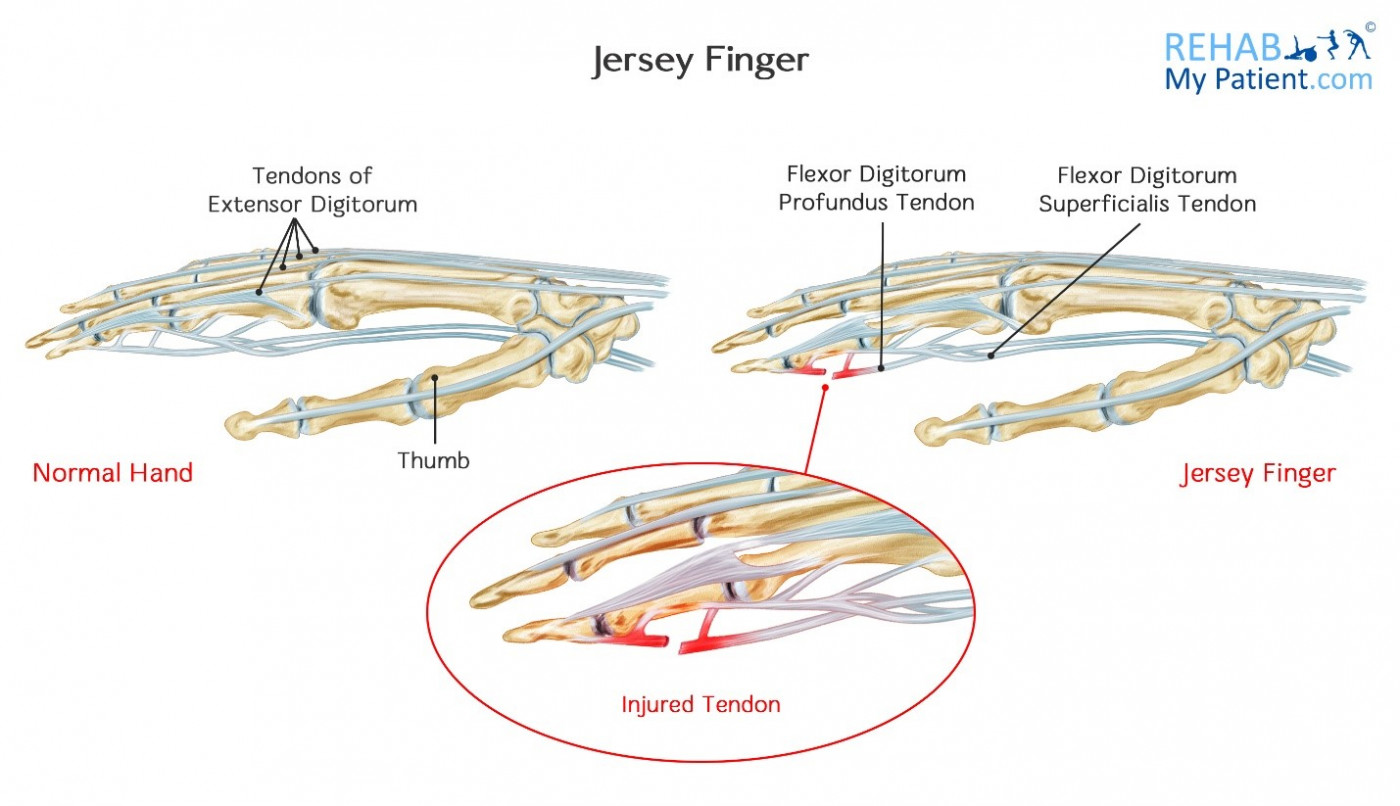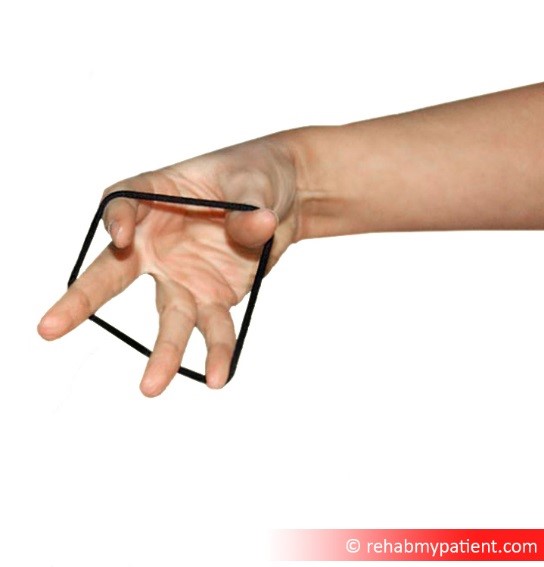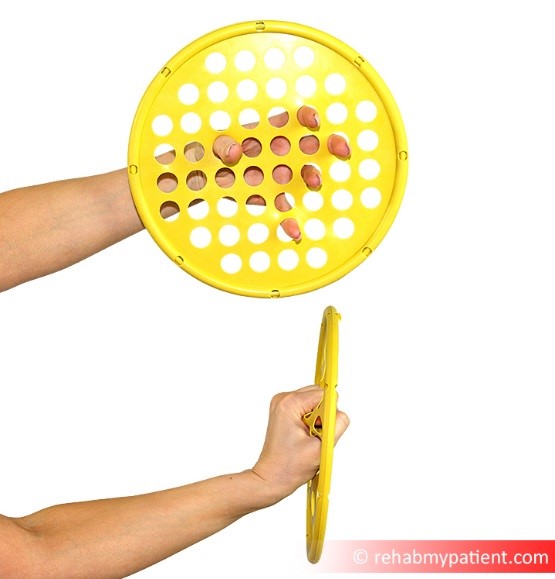Jersey Finger
Posted on 02nd Jun 2018 / Published in: Hand/Fingers/Thumb

Jersey finger is an injury to one of the different finger tendons. Most of the time, athletes will sustain this injury while participating in sports that require tackling like rugby or football. While the athlete is trying to grab the other player’s jersey and secure the tackle, the tendon can end up being torn. As the other player tries to wrestle away from that individual, the finger can get extended suddenly and this can tear the tendon. Jersey finger can also occur in non-sporting activities, but is commonly seen in athletic settings.
Jersey finger is an injury to that of the flexor tendon within the finger. This tendon pulls the finger down to the palm as you contract the flexor muscles within the forearm. It occurs at the tip of the finger. Generally, the tendon will snap back to the base of the finger or into the palm of the hand.
Jersey Finger Anatomy
The anatomy within the hand is quite complex. Its integrity is imperative for individuals to be able to go through life on a regular basis and engage in normal activities. Hands can be affected by any number of disorders, but often from a traumatic injury.
Several tendons in the finger work together for straightening and bending the finger. All of the tendons run alongside the top and side of the finger. Tendons at the top of the fingers will attach to the finger's middle bone. When that tendon becomes injured, the fingers aren’t able to straighten out fully.These tendons connect to muscles that go into the forearm.

How to Treat Jersey Finger:
- Ice
Place an ice pack on the affected finger for 5-10 minutes at a time three to five times per day. Avoid placing the ice directly on the skin to eliminate ice burn from occurring.
- Elevation
Place your hand on a pillow whenever sitting or lying down. Elevating the hand will help to minimize swelling and pressure on the injured site.
- Splint
You can buy or make a splint for the finger which can help to keep your finger straight.
- Surgery
To correct the injured tendon, surgery may need to be performed. The tendon is located at the base of the finger, it is threaded through the finger to the proper position and securely reattached to the tip of the finger. The attachment has to be secure enough to allow you to tolerate movement in the hand. Small holes are drilled into the bone and sutures are pulled through the holes of the bone, through the fingernail and tied to the back part of the finger.
- Therapy
Manual therapy or occupational therapy can be very useful for helping rehabilitation. As well as providing manual treatment to the fingers, your therapist might also use electrotherapy or muscle stimulation. In addition your RMP therapist may prescribe exercises you can do to strengthen your finger tendons and muscles.


Tips:
- When participating in sporting activities, try to refrain from grabbing onto the jersey of other player.
- Expect recovery to take several months after the surgery. If you don’t have surgery, you could end up with a permanent deformity and the inability to flex the finger.
- Proper tackling is important to preventing the injury from occurring.
- When participating in sporting activities, proper form is crucial to preventing injuries.
- Adhere to the instructions of your provider after surgery to ensure a full recovery and quick return to activities.
Sign UP
Sign up for your free trial now!
Get started with Rehab My Patient today and revolutionize your exercise prescription process for effective rehabilitation.
Start Your 14-Day Free Trial